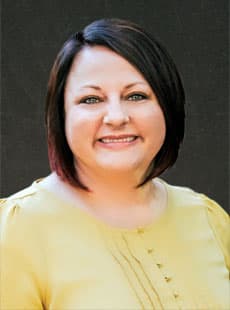Utah Core
•
Curriculum Search
•
All Mathematics - Elementary Lesson Plans
•
USBE Mathematics - Elementary website
Educational Links
Strand: NUMBER AND OPERATIONS IN BASE TEN (4.NBT)
Generalize place value understanding for multi-digit whole numbers by analyzing patterns, writing whole numbers in a variety of ways, making comparisons, and rounding (Standards 4.NBT.1-3). Use place value understanding and properties of operations to perform multidigit addition, subtraction, multiplication, and division using a one-digit divisor (Standards 4.NBT.4-6). Expectations in this strand are limited to whole numbers less than or equal to 1,000,000.Standard 4.NBT.5
Multiply a whole number of up to four digits by a one-digit whole number, and multiply two two-digit numbers, using strategies based on place value and the properties of operations. Illustrate and explain the calculation by using equations, rectangular arrays, and/or area models.


 UTAH EDUCATION NETWORK
UTAH EDUCATION NETWORK

 Justin
Justin Braxton
Braxton Dani
Dani Kayla
Kayla Katie
Katie Rob
Rob Val
Val
